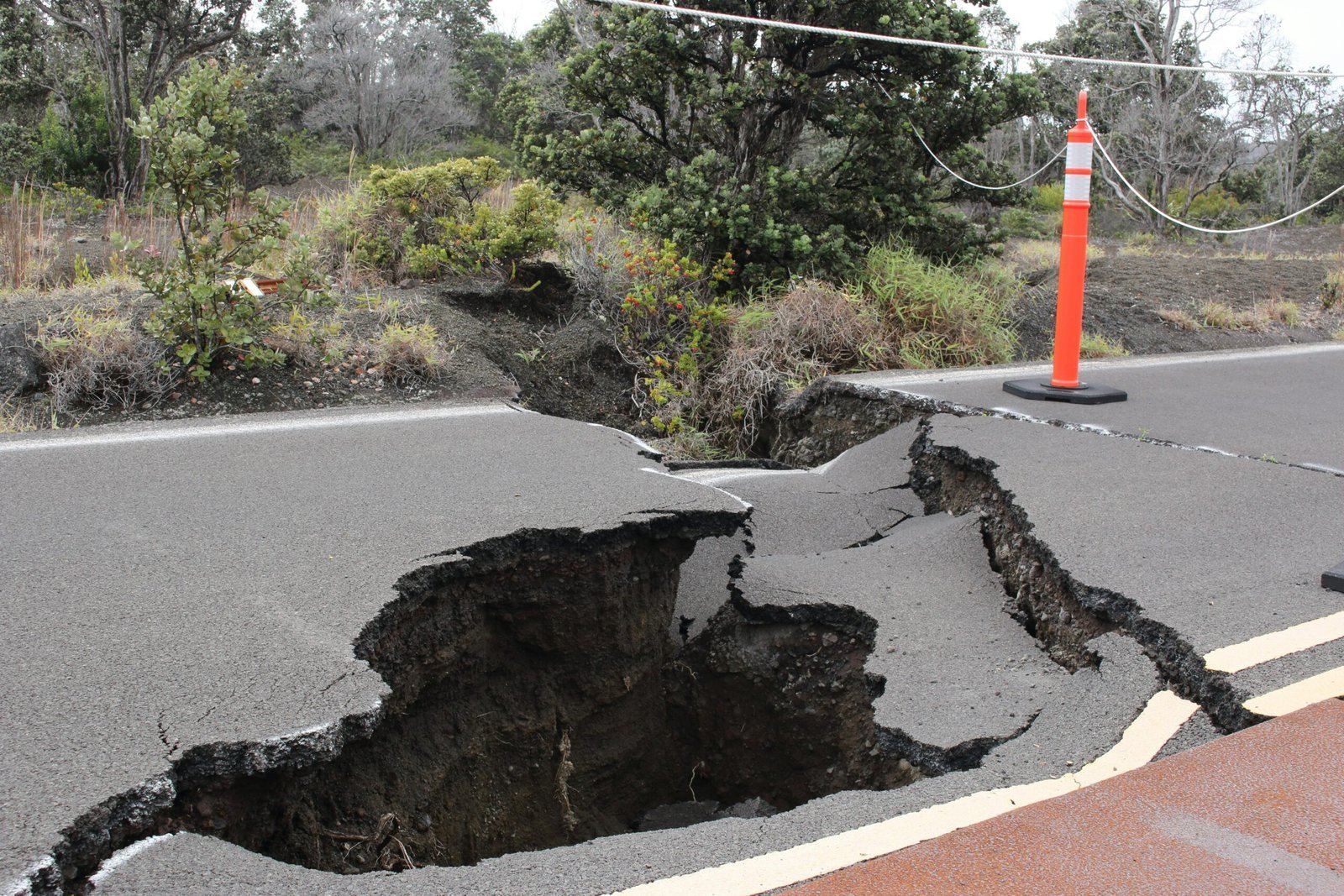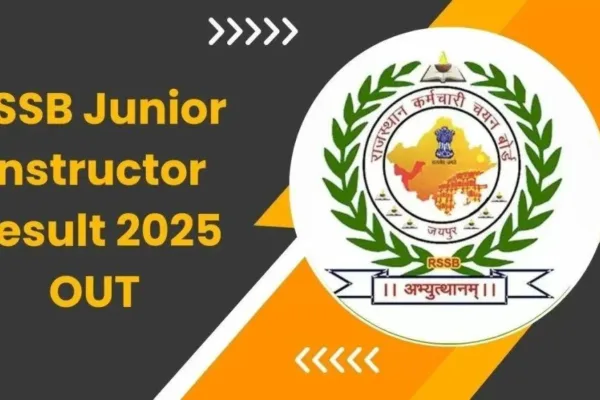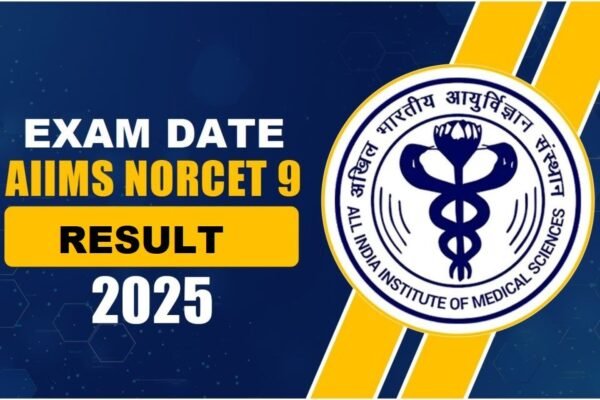
Earthquake Guwahati Understanding the Risks and Preparedness
Earthquake in Guwahati: Understanding the Risks and Preparedness
Introduction
earthquake guwahati, the largest city in Northeast India, is no stranger to earthquakes. Located in Seismic Zone V—the most active earthquake-prone region in India—the city has experienced numerous tremors over the years. The recent earthquake in Guwahati (or any future potential quake) serves as a stark reminder of the ever-present seismic threat in the region.

This blog explores:
- Why Guwahati is prone to earthquakes
- Historical earthquakes that have impacted the region
- The risks and potential damage
- How to prepare and stay safe during an earthquake
Why is Guwahati Earthquake-Prone?
Guwahati lies in one of the most seismically active regions in the world due to its location near the Indo-Burma Plate boundary. The Indian tectonic plate is continuously pushing against the Eurasian plate, creating immense pressure that is released in the form of earthquakes.
Key Factors Contributing to Seismic Activity:
- Proximity to the Himalayan Frontal Thrust – The Himalayas are still rising due to tectonic movements, causing frequent earthquakes.
- The Assam Syntaxis – A highly active seismic zone where the Himalayan arc takes a sharp turn, increasing stress accumulation.
- Multiple Fault Lines – The Dauki Fault and Oldham Fault are major sources of earthquakes in the region.
Historical Earthquakes in Guwahati and Assam
Guwahati has witnessed several devastating earthquakes in the past:
1. The Great Assam Earthquake of 1897 (Magnitude 8.0)
- One of the most powerful earthquakes in recorded history.
- Caused massive destruction in Guwahati, Shillong, and surrounding areas.
- Changed the course of rivers and triggered landslides.
2. The 1950 Assam-Tibet Earthquake (Magnitude 8.6)
- One of the strongest earthquakes ever recorded.
- Led to widespread landslides, river blockages, and flooding.
- Over 1,500 people died, and infrastructure was severely damaged.
3. Recent Earthquakes (2009, 2011, 2021, etc.)
- Frequent moderate tremors (magnitude 4.0–6.0) remind residents of the constant threat.
- The 2021 Assam earthquake (Magnitude 6.4) caused panic, cracks in buildings, and minor injuries.
Potential Risks and Damage in Guwahati
If a major earthquake strikes Guwahati today, the damage could be catastrophic due to:
1. Poor Infrastructure & Building Safety
- Many old and poorly constructed buildings lack earthquake-resistant designs.
- Rapid urbanization has led to unsafe high-rises in vulnerable zones.
2. Population Density
- Guwahati is densely populated, increasing the risk of casualties and rescue challenges.
3. Landslides & Flooding
- The city is surrounded by hills, making it prone to landslides triggered by quakes.
- The Brahmaputra River could experience changes in flow, leading to flooding.
4. Lack of Public Awareness & Preparedness
- Many residents are unaware of earthquake safety measures.
- Emergency response systems need improvement.
How to Prepare for an Earthquake in Guwahati
While we cannot prevent earthquakes, we can minimize risks through preparedness. Here’s what you can do:
1. Before an Earthquake
✅ Secure Your Home
- Anchor heavy furniture to walls.
- Avoid hanging heavy objects above beds.
- Reinforce weak structures in old buildings.
✅ Create an Emergency Kit
- First aid supplies, water (3+ days), non-perishable food, flashlight, batteries, and important documents.
✅ Know Safe Spots
- Identify sturdy tables, door frames, or reinforced corners where you can take cover.
✅ Stay Informed
- Follow updates from the India Meteorological Department (IMD) and National Disaster Management Authority (NDMA).
2. During an Earthquake
🛑 If Indoors:
- Drop, Cover, and Hold On under a sturdy table.
- Stay away from windows, mirrors, and heavy objects.
- Do not use elevators.
🛑 If Outdoors:
- Move to an open area away from buildings, trees, and power lines.
- If driving, stop in a safe place and stay inside the vehicle.
3. After an Earthquake
⚠ Check for Injuries – Help others if safe to do so.
⚠ Inspect for Gas Leaks & Electrical Damage – Turn off main supplies if needed.
⚠ Avoid Using Phones Unnecessarily – Keep lines free for emergencies.
⚠ Listen to Official Updates – Beware of aftershocks.
Government & Community Initiatives
- Assam State Disaster Management Authority (ASDMA) conducts earthquake drills.
- Building Codes Enforcement – Stricter regulations for earthquake-resistant constructions.
- Public Awareness Campaigns – Educating schools, offices, and communities on disaster preparedness.
Conclusion: Staying Safe in a Seismic Zone
Guwahati’s earthquake risk is real, but preparedness can save lives. By understanding the dangers, reinforcing infrastructure, and knowing what to do before, during, and after a quake, residents can reduce risks significantly.
Earthquake in Guwahati: Understanding the Risks and PreparednessEarthquake in Guwahati: Understanding the Risks and PreparednessEarthquake in Guwahati: Understanding the Risks and PreparednessEarthquake in Guwahati: Understanding the Risks and PreparednessEarthquake in Guwahati: Understanding the Risks and Preparedness earthquake guwahatiearthquake guwahatiearthquake guwahatiearthquake guwahati earthquake guwahati earthquake guwahati guwahati earthquake earthquake guwahati earthquake guwahati earthquake guwahati






